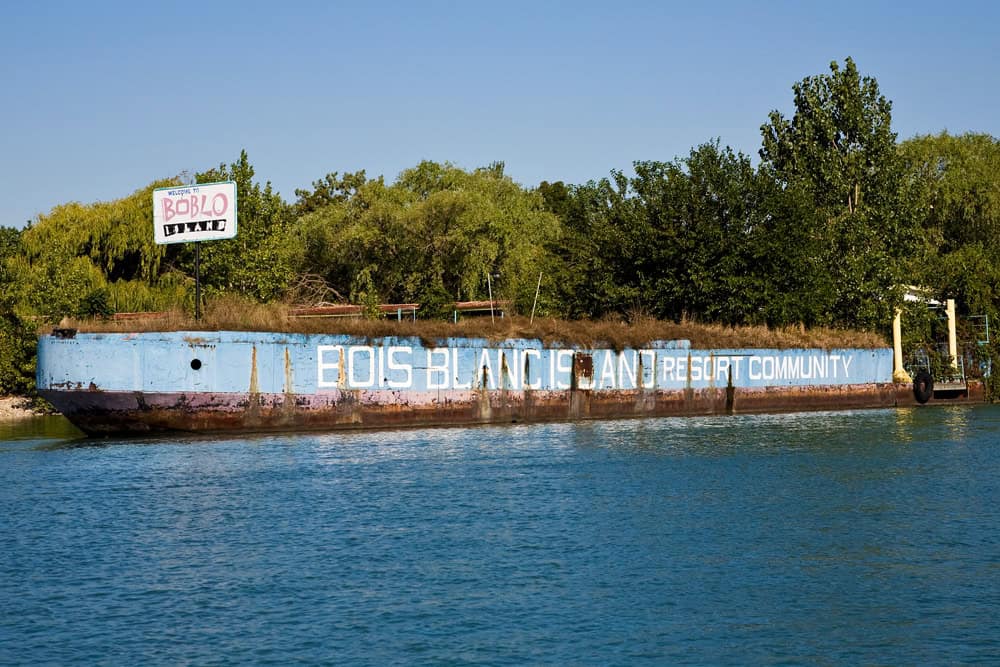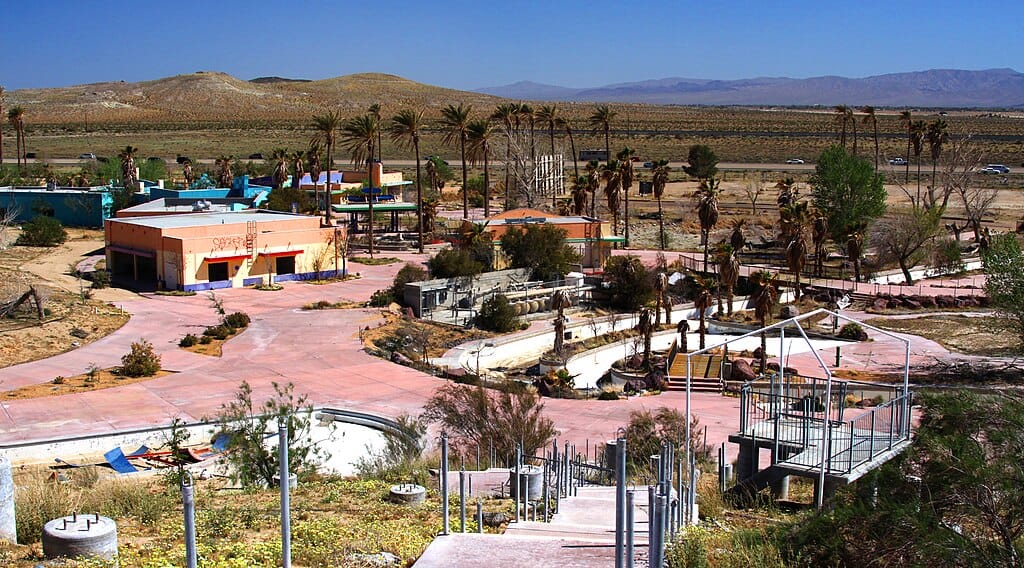We may earn money or products from the companies mentioned in this post. This means if you click on the link and purchase the item, I will receive a small commission at no extra cost to you ... you're just helping re-supply our family's travel fund.

For much of the 20th century, romantic hideaways and family mega-resorts shaped American vacation culture. Yet, as travel shifted toward global destinations and modern expectations, many once-legendary properties collapsed under rising costs, aging facilities, and fading novelty. This phenomenon, often called the Poconos Effect, highlights how resorts built for another era couldn’t adapt quickly enough to survive the 2000s.
1. Mount Airy Lodge : Pocono Mountains, Pennsylvania (Closed 2001)

Once welcoming over 200,000 guests annually, Mount Airy Lodge stood at the center of East Coast honeymoon culture with nearly 1,200 rooms, themed villas, and famously advertised heart-shaped tubs. By the late ’90s, the resort’s aging infrastructure and steep maintenance costs outweighed revenue, especially as travelers favored modern hotels and Caribbean packages. After decades of financial struggle, it shut down in 2001, marking the end of a regional icon once seen as a paradise for newlyweds.
2. Grossinger’s Catskill Resort : Liberty, New York (Closed 1998; ruined in 2000s)

Grossinger’s once drew more than 150,000 guests a year, operating across 1,200 acres with its own airstrip, ski hill, and entertainment halls. Known for celebrity appearances and lavish holiday events, it was the crown of the Borscht Belt. But by the 1990s, shrinking demand and growing repair costs pushed the resort into decline. Though it officially closed in 1998, its buildings deteriorated through the 2000s until a devastating fire in 2018 erased most remaining structures.
3. Penn Hills Resort : Analomink, Pennsylvania (Closed 2009)

Penn Hills thrived for decades with its signature red-themed suites, circular beds, and intimate villas built across 500 acres. During the 1960s peak, it hosted nearly 80% occupancy year-round, but time caught up with its outdated amenities and limited modernization. Mounting debts, failing plumbing systems, and dwindling bookings weakened the resort. After its owner died in 2009, the property abruptly closed, leaving behind abandoned buildings that quickly became symbols of the Poconos’ declining honeymoon industry.
4. The Concord Resort Hotel : Kiamesha Lake, New York (Closed 1998; demolished in 2008)

Once the largest resort in the Catskills with over 1,300 rooms, The Concord dazzled visitors with its dining room seating 3,000 guests, major boxing events, and expansive sports facilities. However, operating costs soared as attendance dropped through the ’80s and ’90s. Multiple redevelopment attempts failed due to financial instability and outdated structures. Though it ceased operations in 1998, parts remained until they were demolished around 2008 to make way for casino developments, closing a historic chapter in regional tourism.
5. Boblo Island Amusement Resort : Michigan/Ontario (Closed 1993; decayed in 2000s)

Boblo Island once welcomed nearly 1.5 million visitors annually, offering rides, beaches, dance pavilions, and ferry access that became a cherished memory for Midwestern families. Yet competition from larger parks like Cedar Point and rising insurance and operational costs made survival unsustainable. Though it officially closed in 1993, the island’s remaining structures, including ride frameworks and event halls continued deteriorating through the 2000s, symbolizing the quiet loss of a unique cross-border resort tradition.
6. Lake Dolores / Rock-A-Hoola Waterpark : California (Reopened 1998; failed by 2004)

Initially built as a private lake attraction in the 1960s, Lake Dolores grew into a waterpark that saw crowds of 5,000 visitors per day during peak summers. A costly late-’90s relaunch as “Rock-A-Hoola” attempted to modernize the site but suffered from financial mismanagement and a major lawsuit after an employee accident. Attendance dropped sharply to under 300 daily visitors, forcing closure by 2004. Its sun-bleached slides and steel towers became a haunting desert landmark through the 2000s.